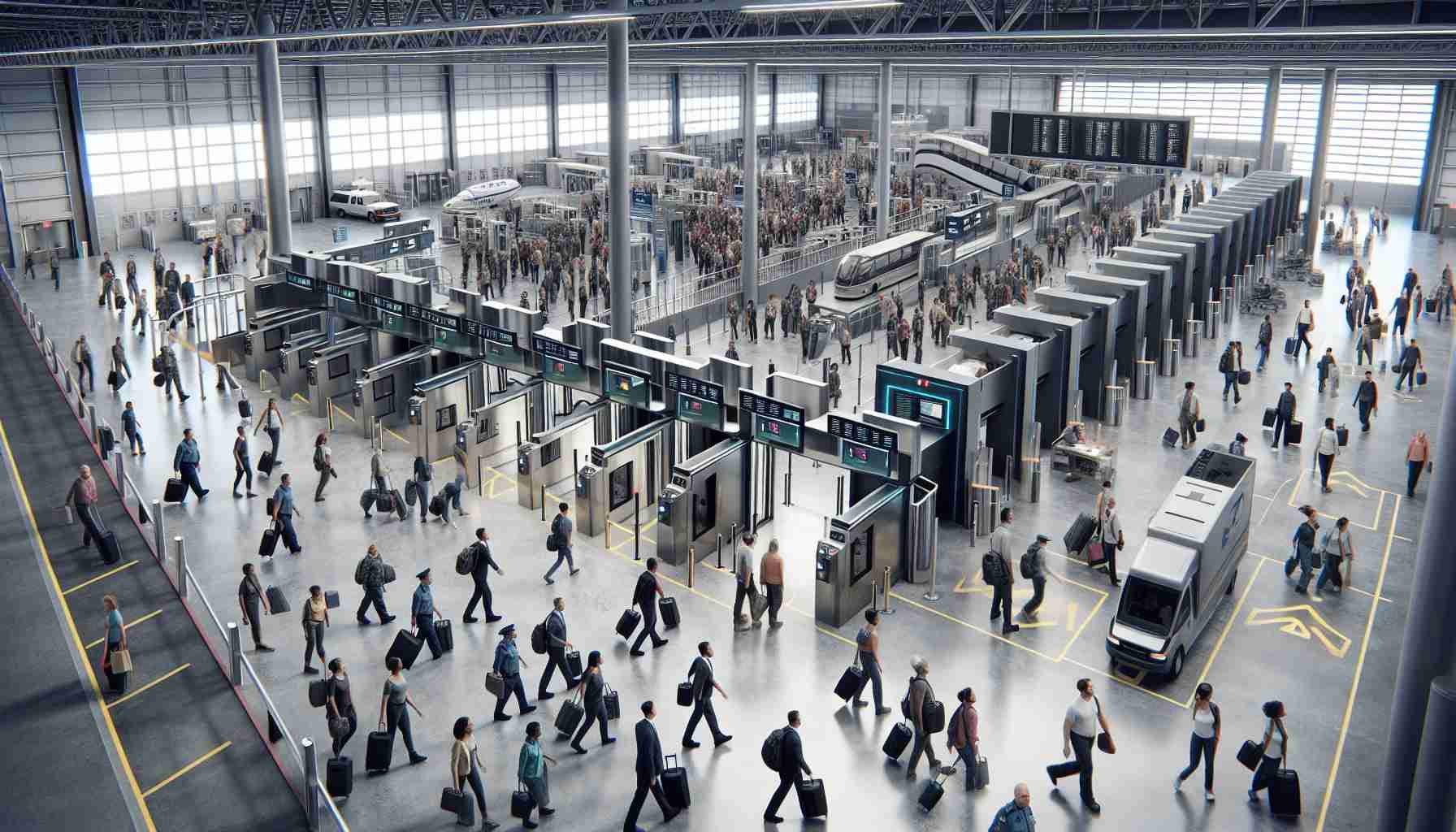Embracing Innovation for Efficient Travel
The prospect of whisking through border control with just a smile at your smartphone camera could soon become a reality in Canada. Turning to the latest in technological advancements, the Canada Border Services Agency (CBSA) is considering implementing facial recognition technology to enhance the border crossing process for travelers.
Push for Progress with a Hefty Investment
Manifesting this futuristic vision entails seeking the right technical expertise, and the Canadian government is not holding back, offering a golden opportunity to potential vendors with a project budget of up to US$25 million. The envisioned system would simplify verification by comparing a traveler’s passport photo with a self-snapped picture on their mobile device, cutting down on wait times and streamlining entry.
Balancing Speed with Privacy
While a smoother transition through borders is on the horizon, with a pilot project still a few years out, not everyone is watching the developments with eager anticipation. An Ottawa-based coalition dedicated to civil liberties is sounding the alarm, pinpointing potential privacy risks and the need for stringent accountability measures. Despite these cautionary notes, the CBSA assures that safeguarding the personal information and privacy of travelers is a top priority and will remain at the heart of the initiative.
Important Questions and Answers:
1. What is the purpose of implementing facial recognition at the border?
The goal is to enhance the efficiency of the border crossing process, reduce wait times, and streamline entry for travelers.
2. What are the concerns related to facial recognition technology?
There are privacy concerns, risks of data breaches, and fear of misuse of personal information. The accuracy and potential biases in the technology also pose a challenge.
3. How is the Canadian government addressing these concerns?
The Canada Border Services Agency (CBSA) is assuring that safeguarding personal information and privacy will be a core component of the facial recognition initiative.
Key Challenges and Controversies:
– Privacy and Data Security: Storing and processing biometric data comes with the risk of data breaches and unauthorized access. Ensuring the security of personal information is a significant concern.
– Accountability: The public requires clear information on how the data will be used, who has access to it, and what mechanisms are in place for oversight and accountability.
– Accuracy and Bias: Facial recognition technology has been criticized for its potential inaccuracy and biases against certain demographic groups, which can lead to unfair treatment or discrimination.
Advantages:
– Streamlined border processes can significantly reduce wait times.
– Travelers can enjoy more convenience with quicker and potentially contactless entry procedures.
– Enables border officers to focus on higher-risk travelers and issues.
Disadvantages:
– Potential infringement on privacy rights and misuse of personal data.
– May introduce new vulnerabilities and avenues for cyberattacks.
– Ethical concerns, such as consent and the potential for surveillance without probable cause.
To read more about the role of the Canada Border Services Agency and its initiatives, you can visit their official website at Canada Border Services Agency.
For additional perspective on privacy and civil liberties in technology, the Office of the Privacy Commissioner of Canada provides guidelines and resources, accessible at Privacy Commissioner of Canada.
Please note that any future updates on this subject can be found on the websites of the relevant government agencies or through official press releases.
The source of the article is from the blog trebujena.net
